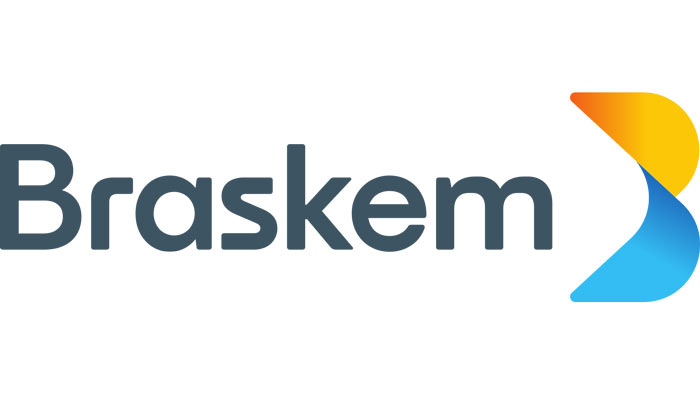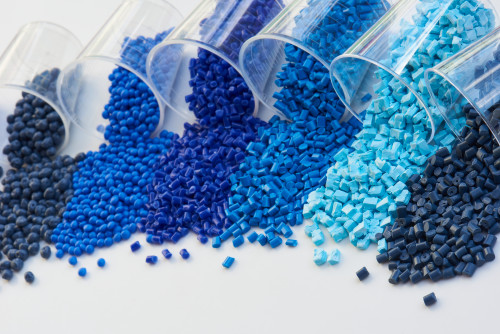Key Steps in the Double Bubble Process:
1. Rapid Cooling: The tube receives an immediate quench in a water bath, swiftly solidifying the polymer and reducing crystallinity for better orientation.
2. Temperature Reorientation: Post-quenching, the tube is warmed to the optimal orientation temperature through either a hot water bath or infrared (IR) heating.
3. Controlled Expansion: Using air inflation, similar to the traditional blown film method, the tube expands. Yet, it's during this phase in the double bubble method that the material is stretched at lower temperatures, resulting in increased stress and higher stretch ratios compared to conventional techniques.
4. Enhanced Orientation: This process yields films with superior orientation due to these higher stresses and stretch ratios, without the melt strength considerations typical of blown films.
5. Thermofixation Phase: To finalize, there's an optional thermofixation step—applying heat once more to set the film's properties, aiding in shrink control or boosting dimensional stability for non-shrink films.
Performance Determinants:
Orientation and Heat Setting: The outcome is influenced by the orientation temperature and the heat setting (thermofixation) temperature.
Stretch Ratios: Both BUR (transverse orientation stretch ratio) and TUR (machine direction stretch ratio) are crucial metrics that affect film quality.
Advantages of the Double Bubble Process:
Uniform Properties: Films exhibit more consistent qualities both longitudinally and laterally compared to films produced by the sequential tenter frame method.
Film Types: Historically selected for producing shrink films and bags, this method is increasingly being used for crafting barrier films due to its unique properties.
The double bubble technique stands out for its ability to produce films with uniform properties, unlike the tenter frame method, which, while yielding a higher output, is mainly utilized for creating BOPP and BOPET films. The evolving applications of the double bubble method, particularly in the production of advanced barrier films, highlight its growing significance in the industry.








